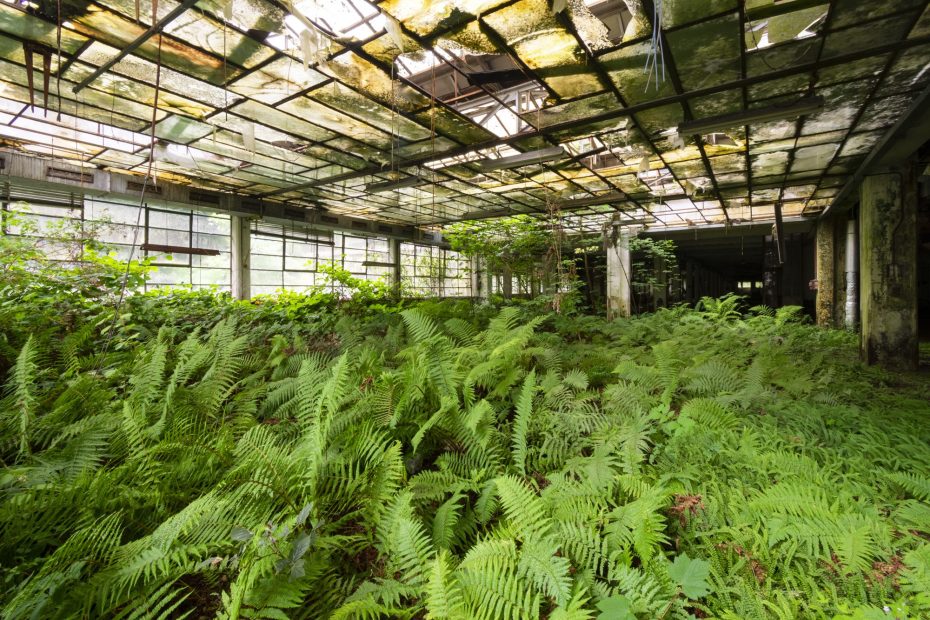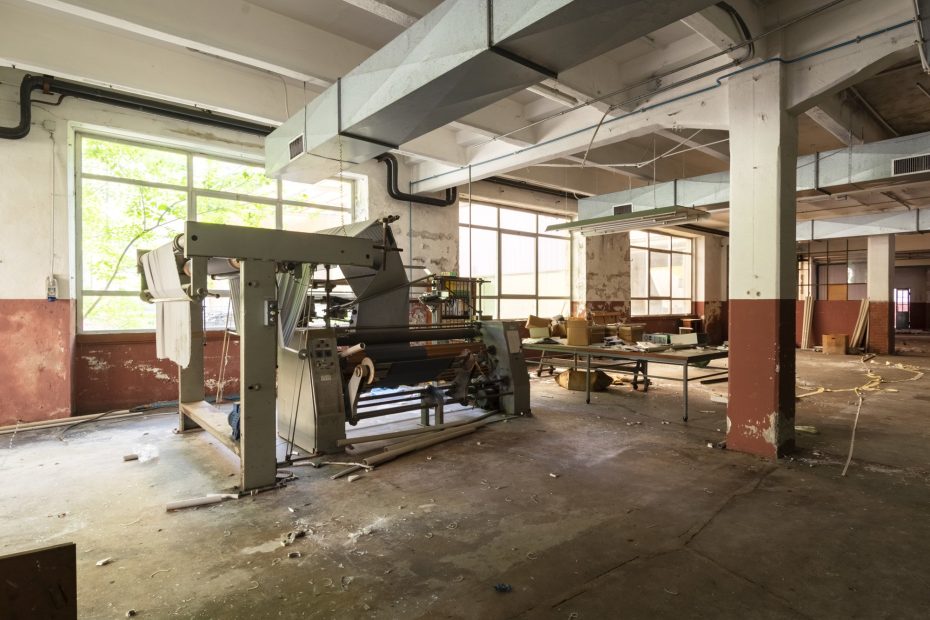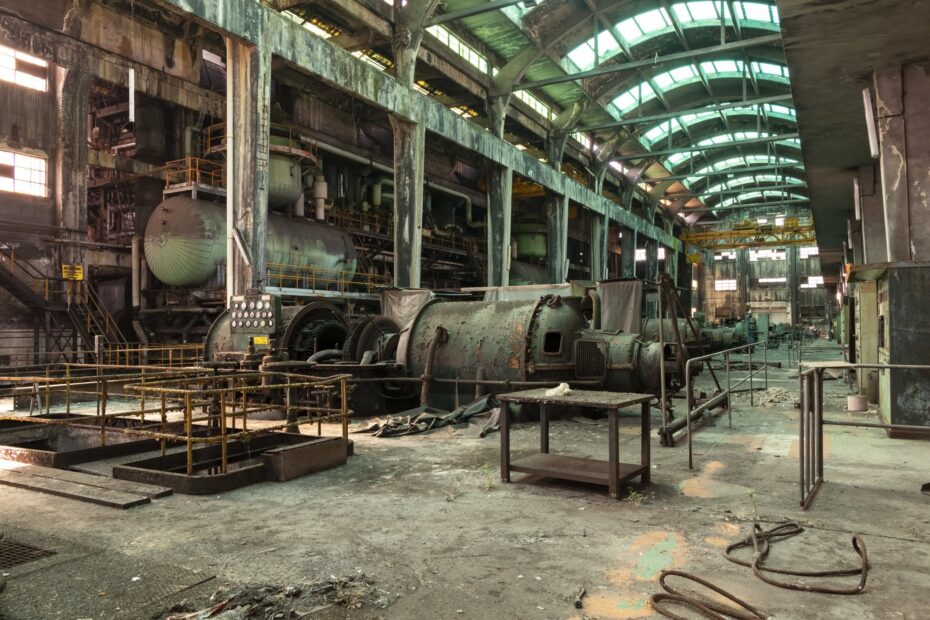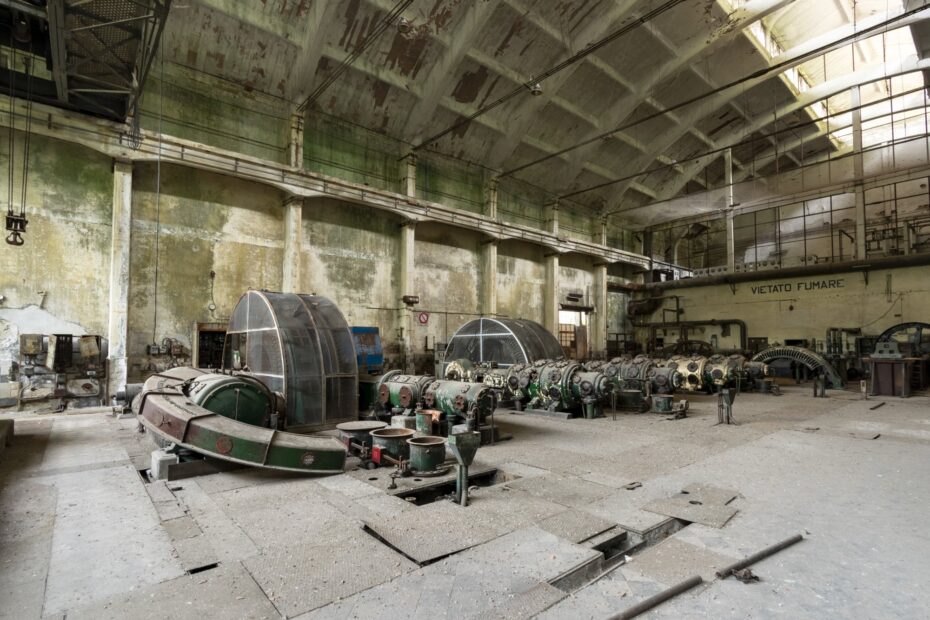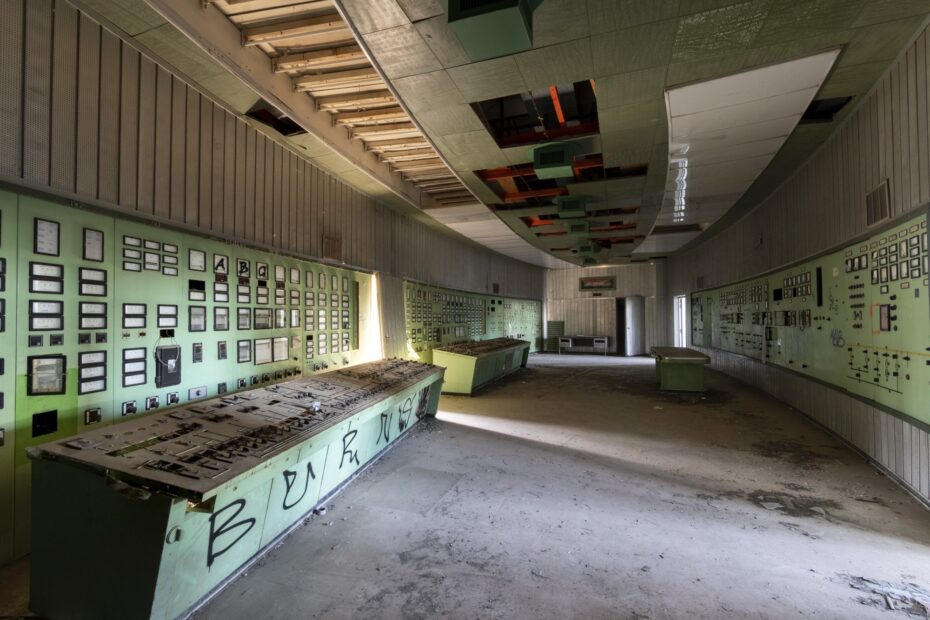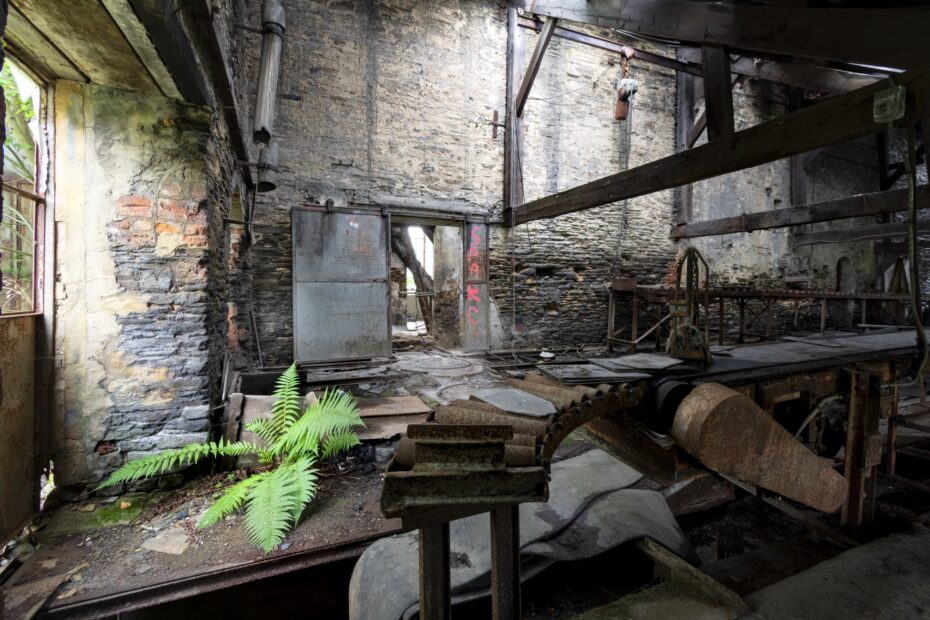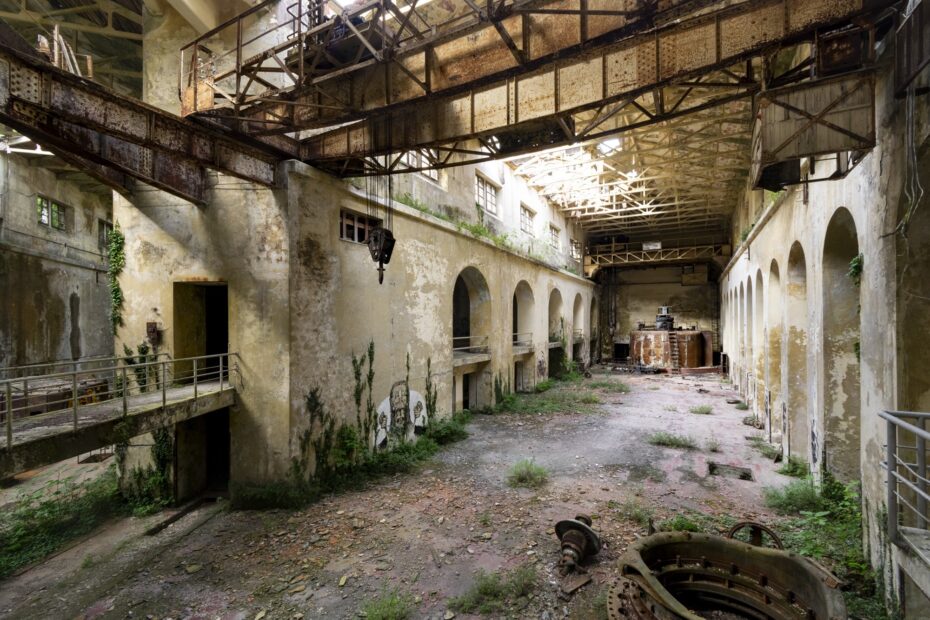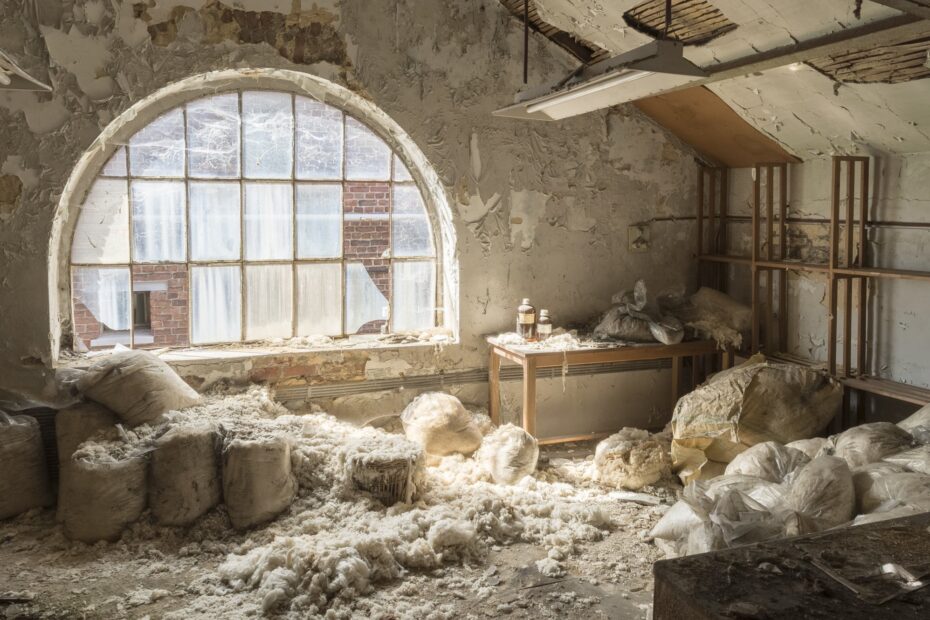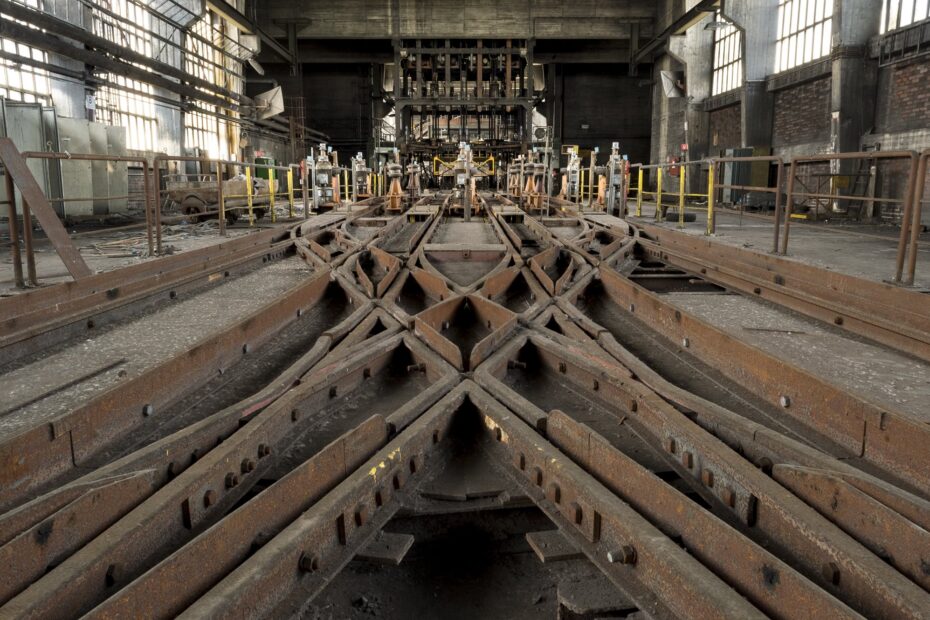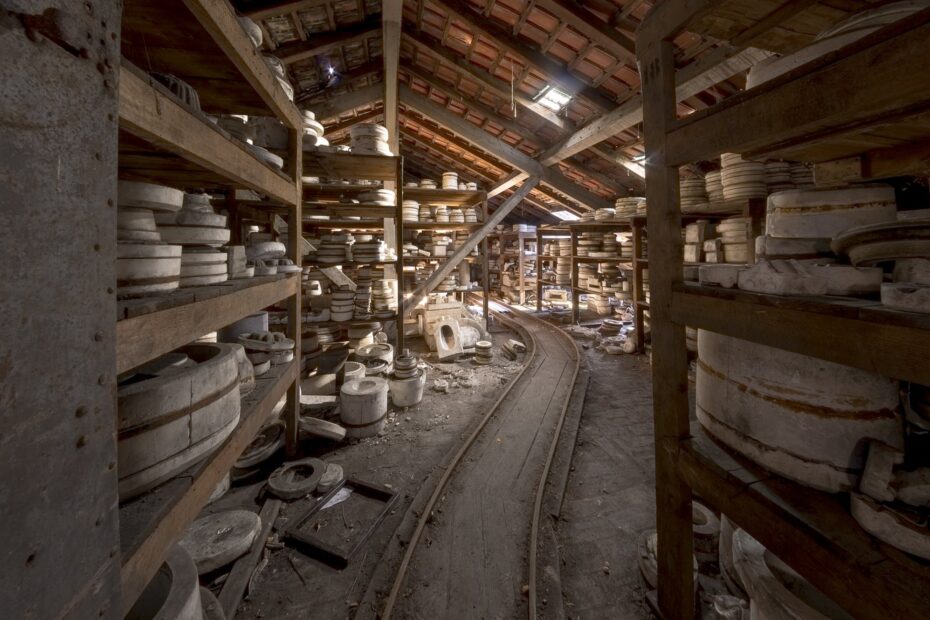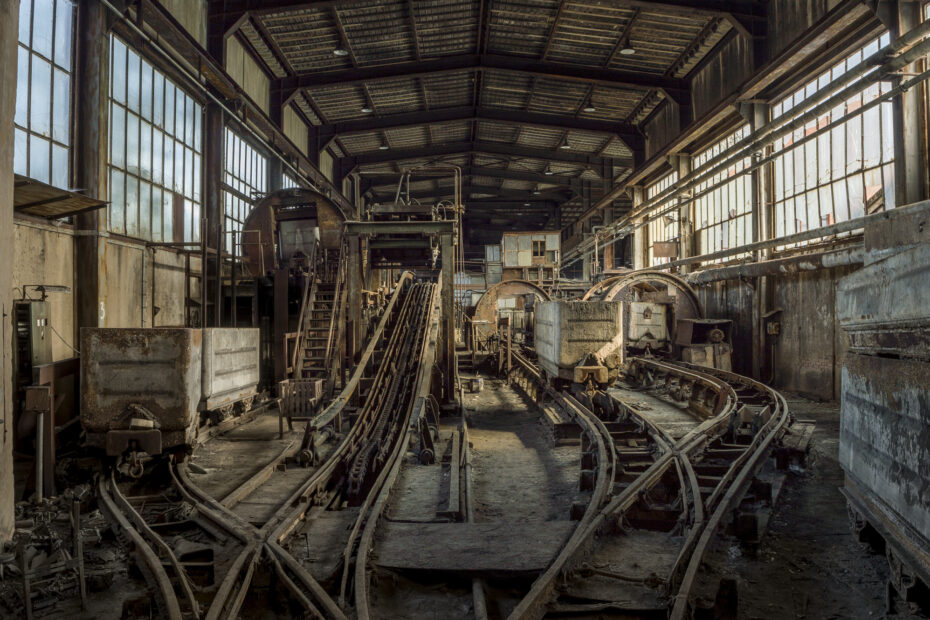Jungle Factory
Welcome to the mini jungle in this old wool mill, where the old halls are slowly being reclaimed by nature. Ferns and little trees are enjoying the humidity in here and turned the old factory into a little oasis.
This wool mill was established in the late 19th century and shut down after almost 8 decades of production. A part of the production was already moved to a different location, which kept operating until the end of the century. Read More
